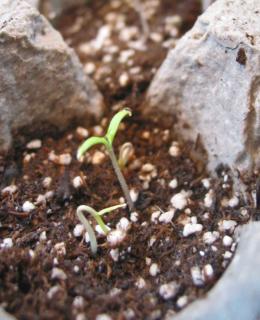

Is the tomato a fruit or a vegetable? It’s a question many keep asking. Some call it a vegetable because we often pair it with salt, in main courses or sides during meals. Others, with quite a haughty attitude, quip back that it’s most assuredly a fruit!
Let’s explore the topic and see if we can bring the debate to a peaceful conclusion.
Read also:
Usually, when someone mentions fruits, we think of apples, bananas, oranges… But looking into the actual definition opens a whole new range of possibilities.
“Plant organ originating from the development of an ovary following the fertilization of its ovums, which, when mature, contains seeds”, according to the dictionary.
So there are actually many more “fruits” out there than those few we actually eat!
Many plant fruits are not edible, though they also result from the fertilization of female and male plant organs. For instance, hackberry trees produce hackberries. Pink oleander fruits are shaped like pods which are full of seeds. Once these fruits fall to the ground, the hull breaks down and releases the seeds. These then sprout to produce a new plant.

Since it’s usually paired with salt instead of sweet sugar, it increasingly goes by the “fruit vegetable” denomination. This is also the case for zucchini, eggplant and even avocado.
This classification helps set it apart from other types of vegetables, such as “root vegetables” like carrot and radish, or “leaf vegetables” like lettuce and spinach.
 Purchase seedlings in nursery pots
Purchase seedlings in nursery pots
Tomato harvests generally start in July-August, and will continue until the beginning of October if the climate stays mild.
Of course, we’re much more familiar with tomato in starters, sides and main courses, but you can definitely give the following sweet recipes for tomatoes a go! Here are a few sweet-tooth ideas to try out:
 o jam
o jamTomatoes come in all shapes and sizes. Some are round, others are longish, flattish, ribbed, heart-shaped… Colors range from yellow, red, green, orange, striped like a zebra… What’s difficult is choosing which to try out! Here are three interesting varieties which stand out thanks to their tasty sweetness.